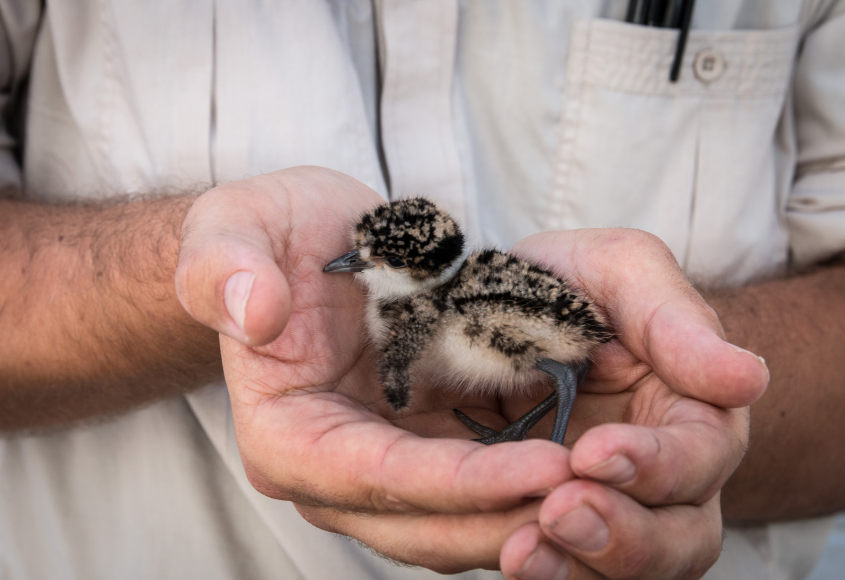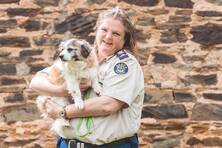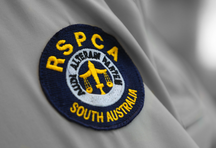Looking out for nesting birds in spring
October 09, 2023Springtime is a busy season for birds! After the chilly winter is done and dusted, birds get busy with breeding, nesting, and raising their little ones.

Image: baby plover rescue
Spring is when the birds’ young ones have the highest chance of survival due to optimal weather conditions.
With increased breeding activity comes a surge in the number of baby birds that are learning how to fly, feed, and protect themselves from predators. Unfortunately, in some instances, baby birds can also find themselves in trouble.
Keeping an eye out for the safety of these creatures can help save their lives and even reunite families.
How to help baby birds in danger
There may be times when you spot a baby bird out of its nest or separated from its parents. The first step is to determine the growth stage of the little one.
If the bird has few to no feathers, it is a nestling. These will not survive for long outside a nest and should be re-nested as soon as possible. If you are unable to locate a nest or see a damaged one, you can make a simple replacement and put the nestling back into it.
This can be a basket, plant pot, or even an ice-cream container with some nesting material in it and attached to a tree. Locate the nest as close as possible to where the nestling is found, so that its parents can find it.
A baby bird with nearly all of its feathers is a fledgling. Since they tend to leave their nests just before they learn to fly, it is not unusual for them to be on the ground with their parents nearby. While you can check to see that no animals or pets are around to harm the fledgling, it is best to leave it alone and just stick to monitoring.
If the bird is in immediate danger, carefully relocate it to a sheltered spot nearby so that its parents can find it. If the bird is clearly injured or bleeding, please take them straight to a rescue or vet for assessment.
Remember, that not all birds have the same nesting requirements. Try identifying the bird or call Save Our Wildlife Foundation, SA Native Animal Rescue, or RSPCA SA rescue officers and describe the bird to them. They will help you out with the best course of action.
Looking out for our native birds
Even though you might have good intentions, helping out Australia’s native birds means leaving them undisturbed.
A good way to help is to leave some water out in the warmer months. Punching holes in the bottom of a bucket/container coupled with an angled stick can prevent rain from drowning fledglings. You can also plant native Australian trees or shrubs in your backyard to provide ample protection and camouflage.
If you see a bird injured due to a predator, first place them safely in a ventilated box out of harm’s way and then seek out immediate vet treatment as the bacteria from the predator’s mouths can cause death in birds.
However, if you come across an uninjured baby bird on the ground, remember that moving it away might make it harder for their family to find them and cause more harm than good.
RSPCA officers are always ready for rescue
The birds are busy in the spring but so is the RSPCA SA’s rescue team. Every year during spring, our rescue officers respond to countless reports of distressed, trapped and injured birds.
Just as spring 2023 began, our Animal Ambulance Volunteer Monica and Rescue Officer Caitlin responded to a report of nine ducklings stuck in a storm water drain in the Onkaparinga Hills.
With the help of a kind resident who offered to lift the drain’s concrete cover, Monica and Caitlin managed to rescue all nine ducklings and reunite them with their loving parents.
Our lifesaving rescue services are entirely funded by community donations. Please donate here so that our rescue officers can continue to be there when animals need them most.
If you see any birds or wildlife in need of rescue, please call RSPCA SA’s 24-hour emergency hotline on 1300 4 777 22.




